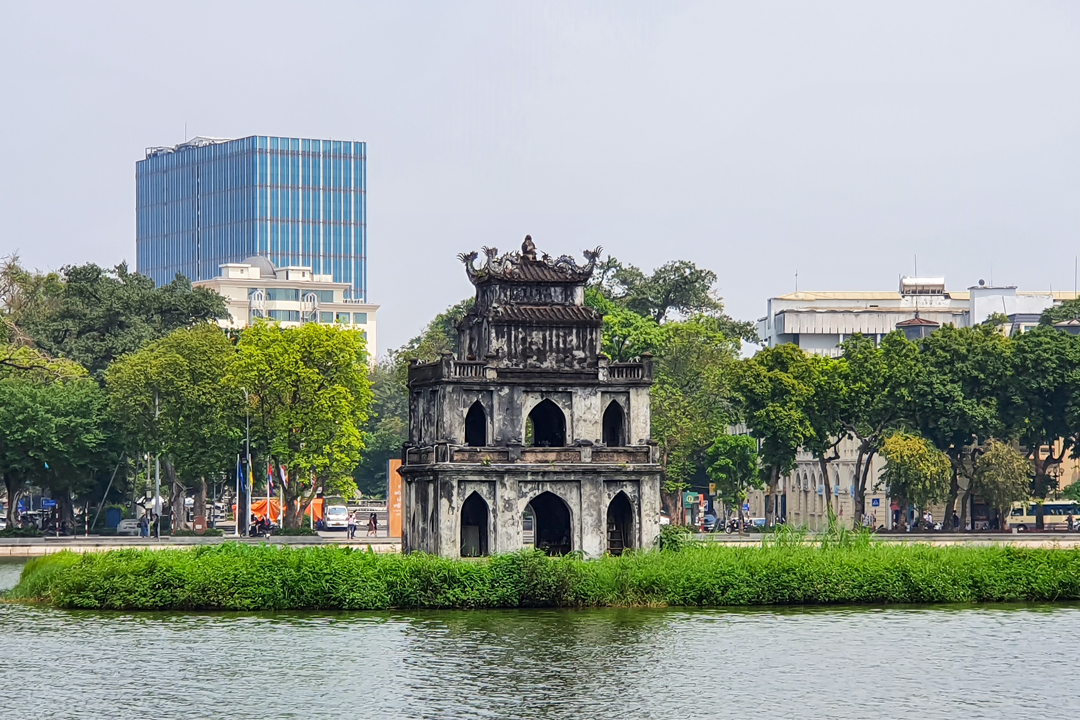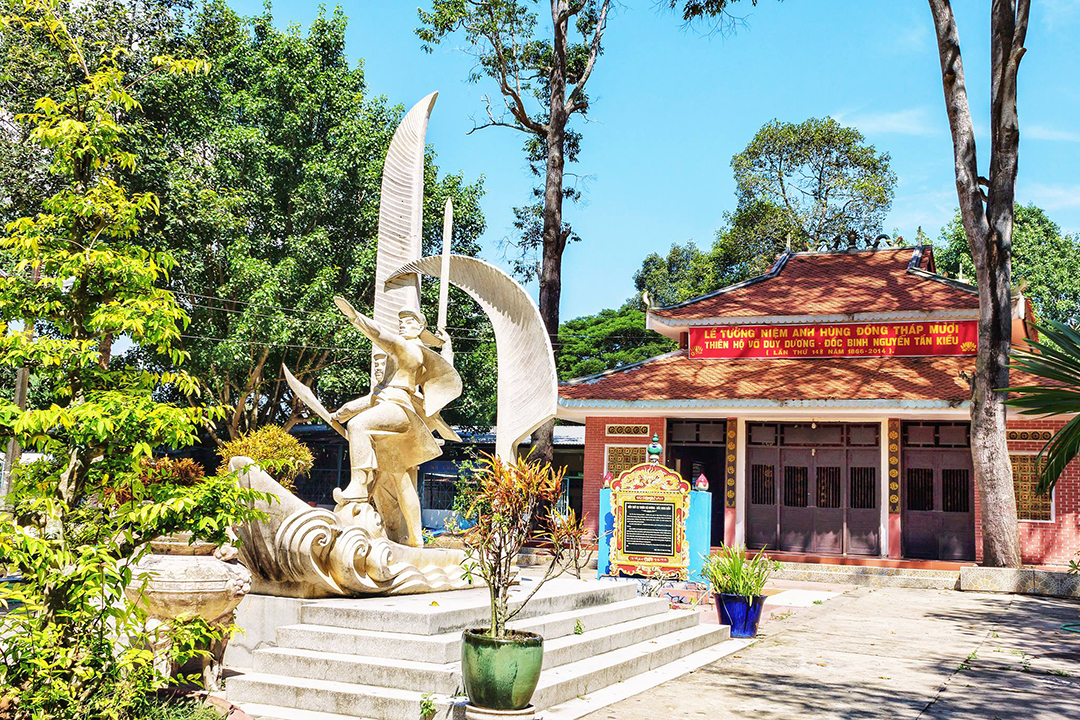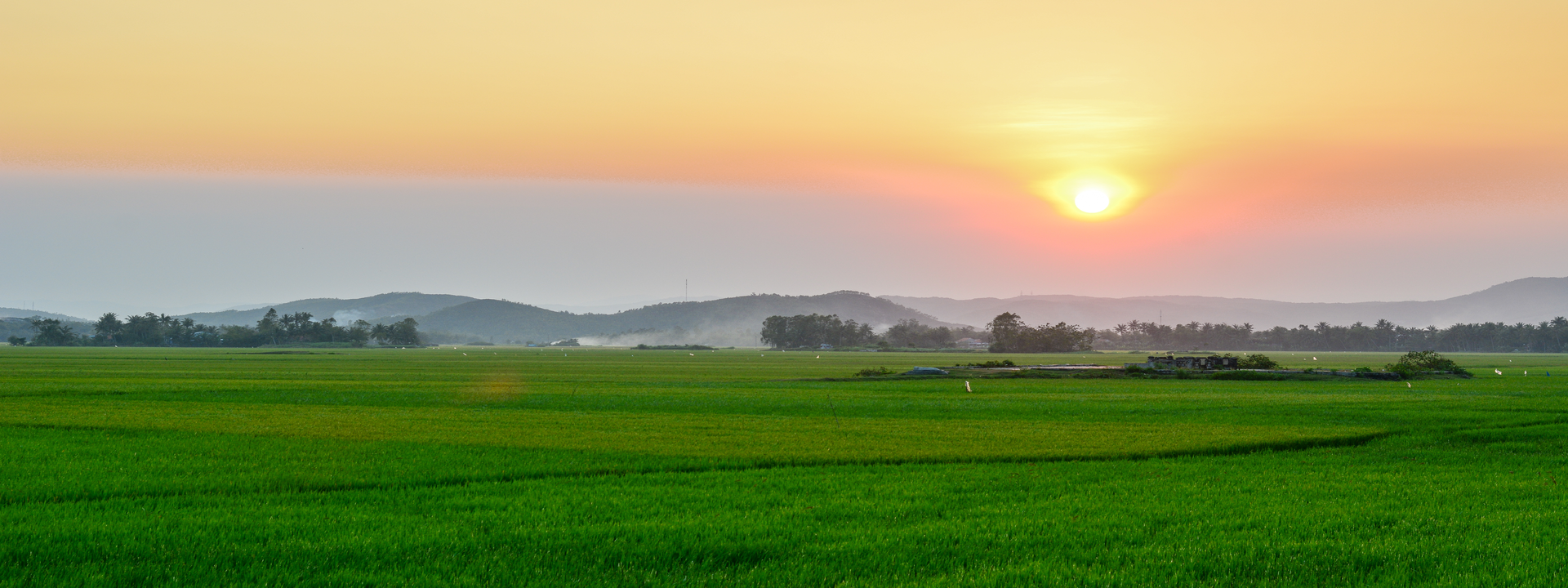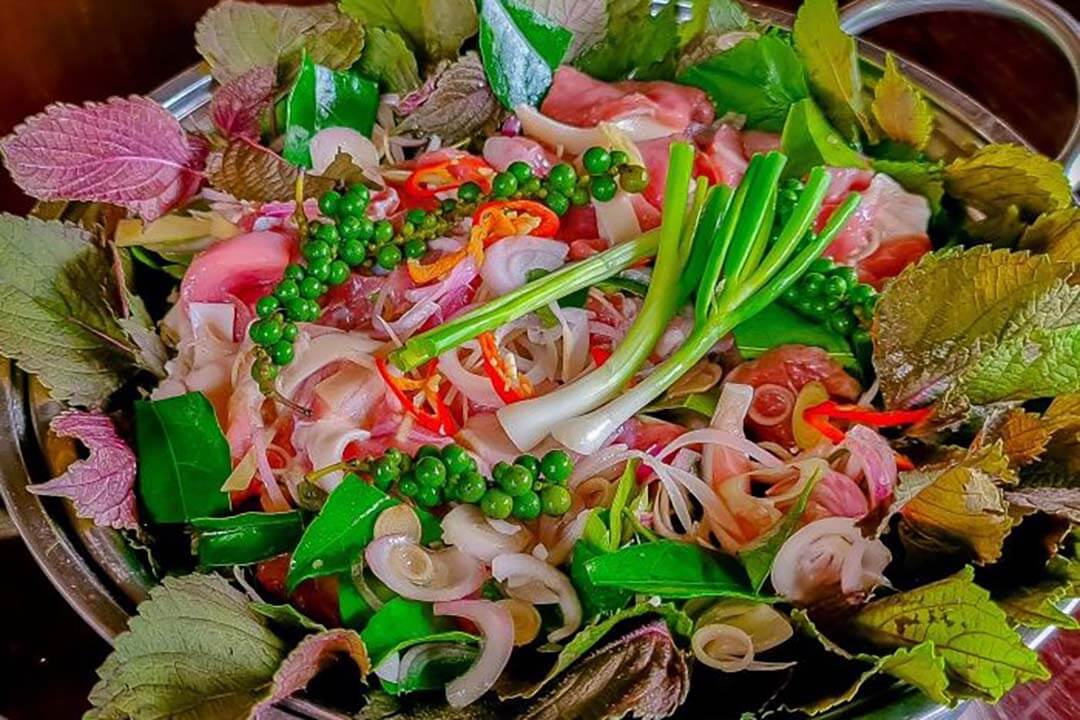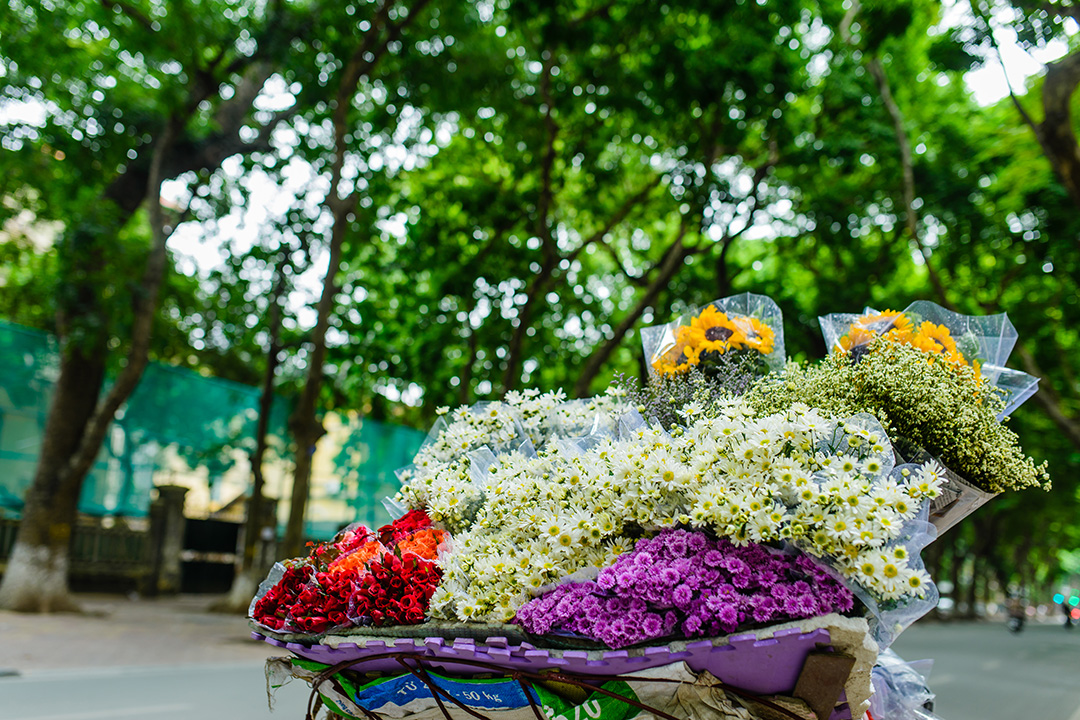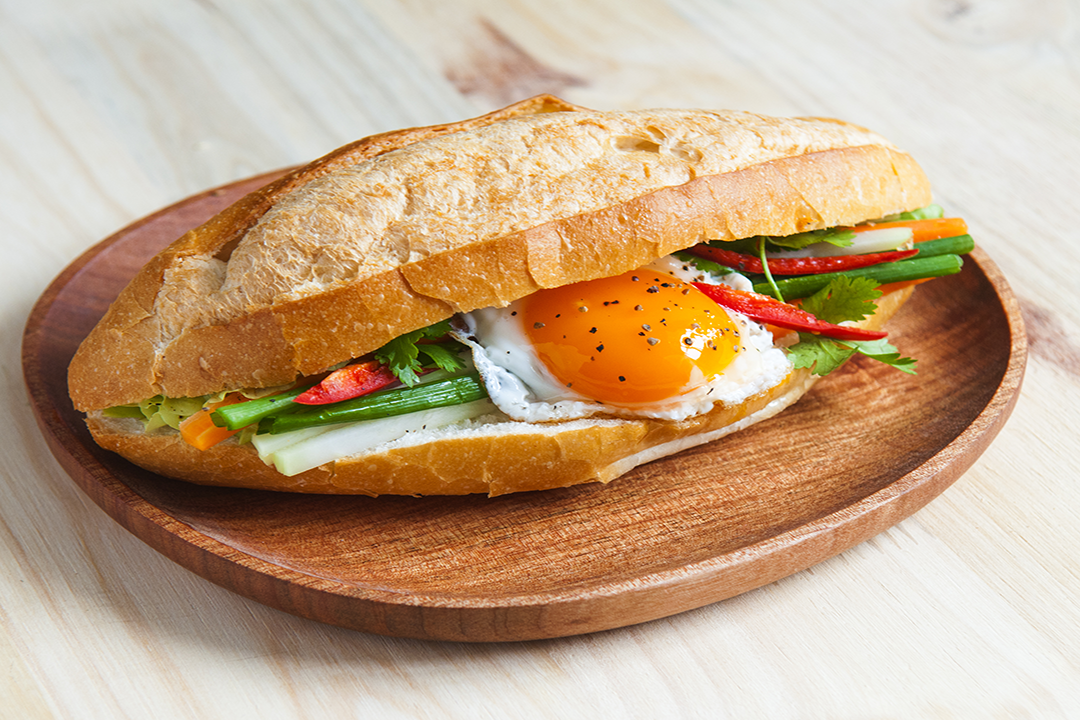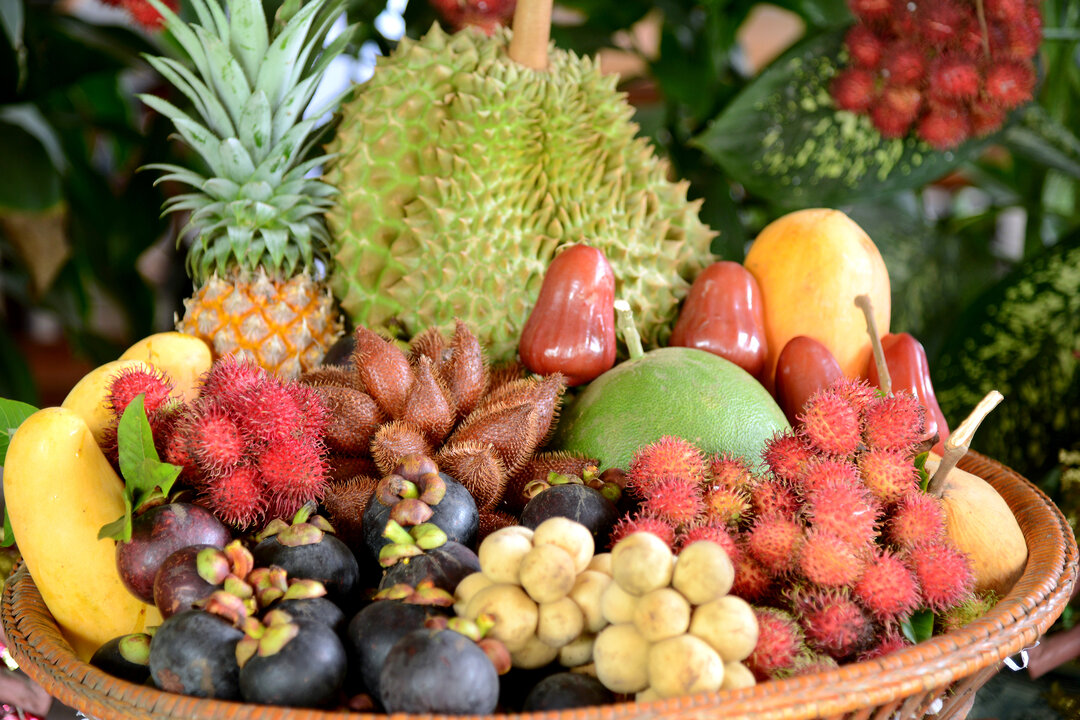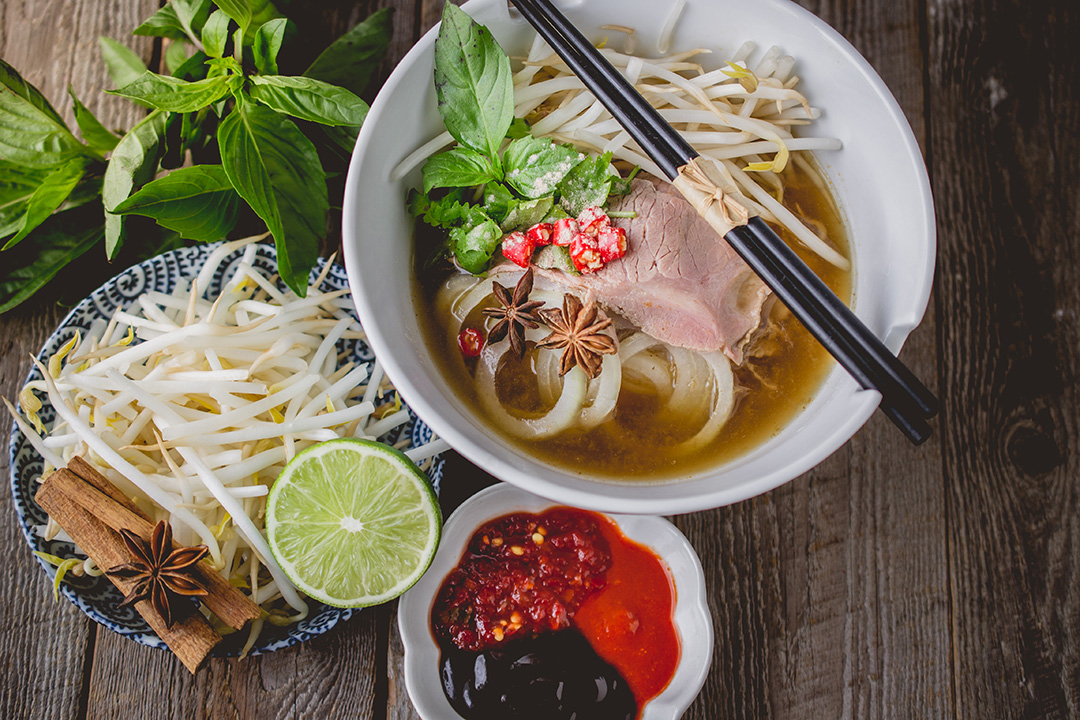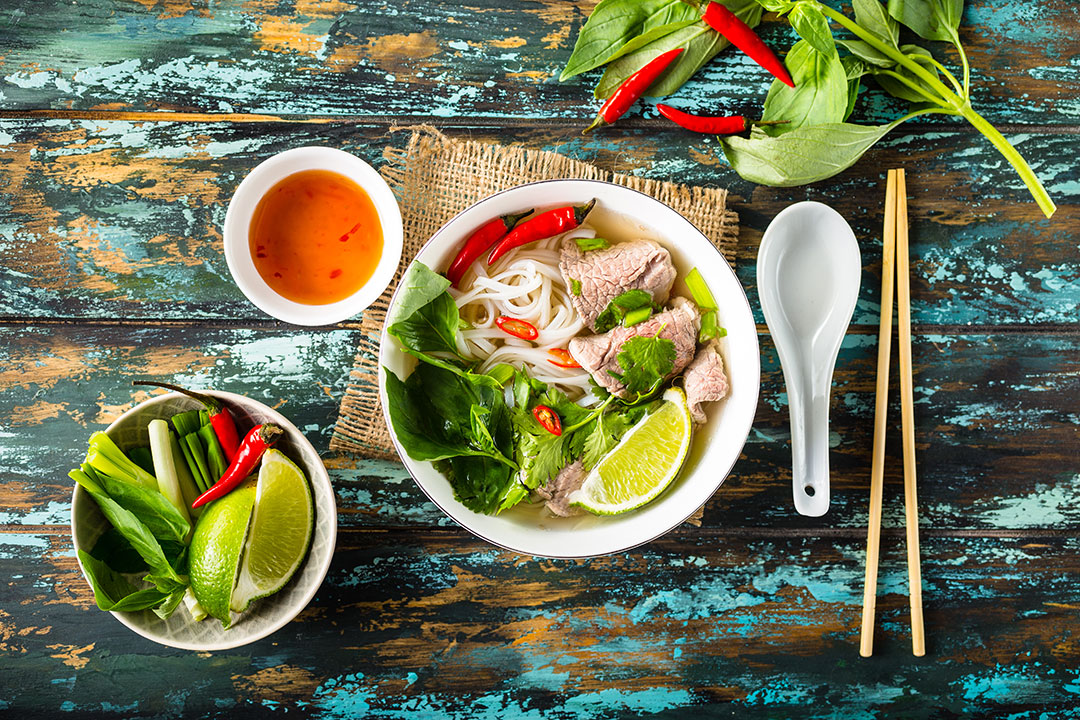May - 12 - 2023
Western Vietnamese foods are known for their bold and flavorful dishes that reflect the region's agricultural abundance and cultural heritage. Whether you're looking for a hearty soup or a light and refreshing salad, there is something for everyone to enjoy in this unique and flavorful cuisine.
Features of Western cuisine
Different from other regions in Vietnam, Western cuisine often has a characteristic sweet taste. People in the West often love sweets, so most of the dishes here have a sweet taste.
The land of the West is endowed by nature with many rich products. Therefore, most of the dishes of the people of the Southwest region are processed using clean and pure natural ingredients such as eel, fish, snakehead fish,... In particular, people here also love to cook and enjoy immediately dishes such as grilled snakehead fish, grilled hamster meat, and dried snake,... so that they can easily feel the delicacy and freshness of the dishes.
Glutinous rice wine is quite popular in the Southwest region. When guests come, people often invite guests to drink spicy and passionate wine to express the host's hospitality.
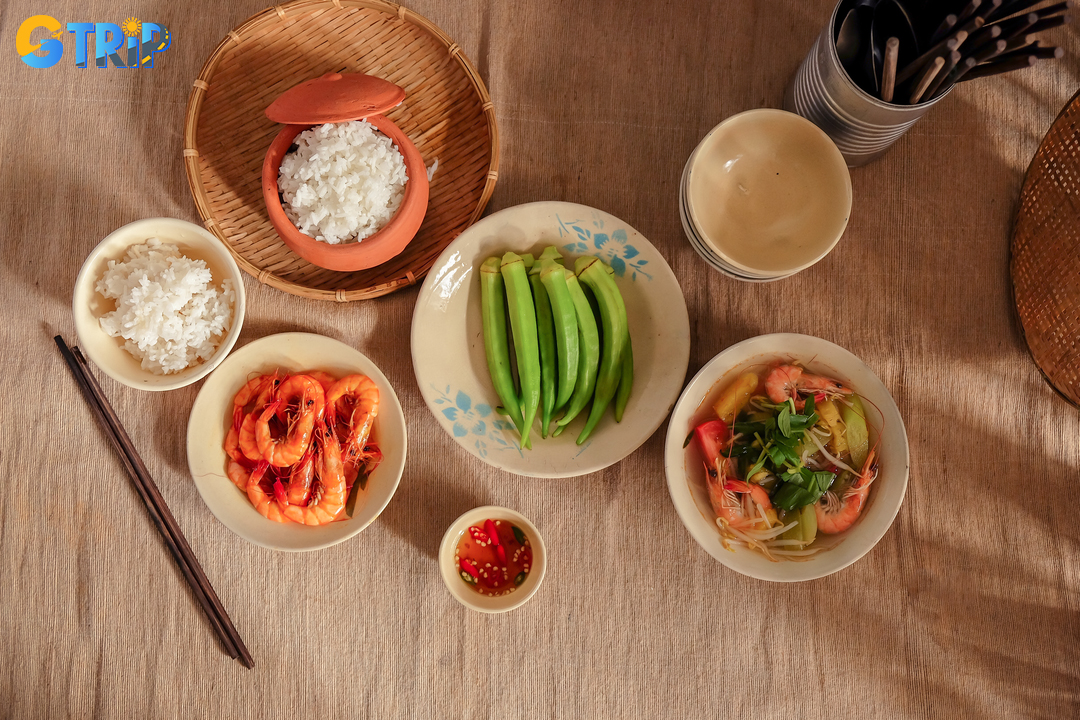
Western cuisine is steeped in waterways and folk
Top 15 Delicious Western Vietnamese Foods
These are the 15 most renowned and tasty meals in Western Vietnam that visitors should taste at least once. Have you tried any of these dishes?
Canh chua
Canh chua is a famous traditional Vietnamese sour soup in the Western area. The soup, which is made with fish, vegetables, and tamarind or vinegar, has a tangy and refreshing flavor that is ideal for hot summer days. Canh chua is commonly cooked using snakehead or catfish, other varieties of fish can also be used. Often, the soup is served with steamed rice.
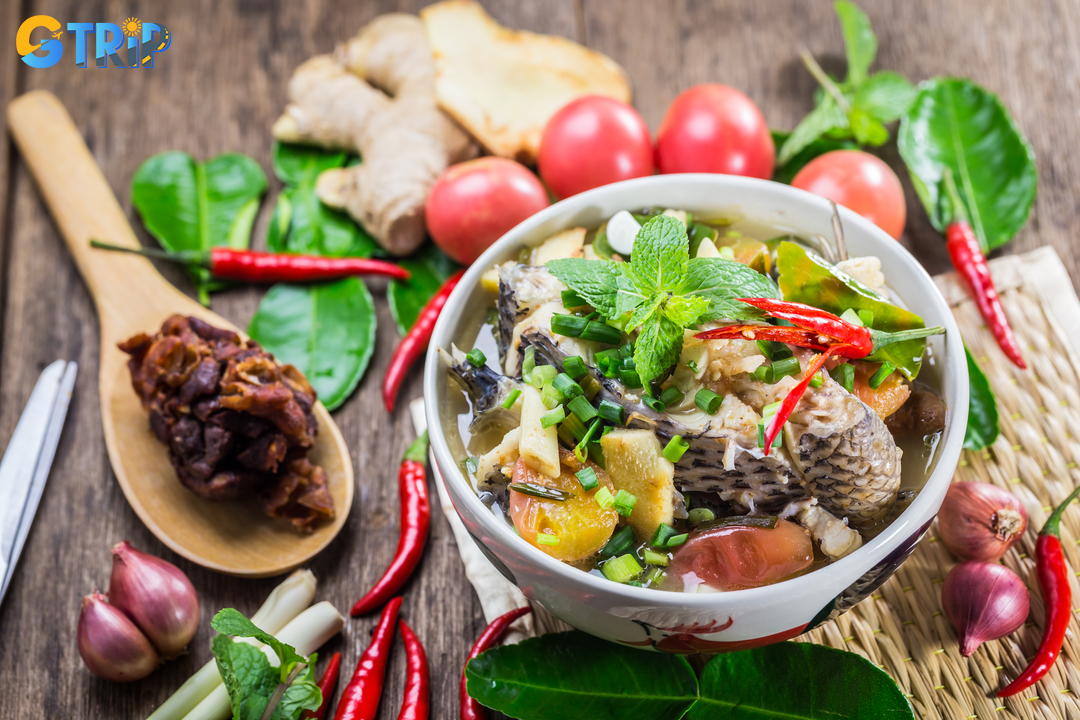
Canh chua
Ca kho to
Ca kho to is a typical dish of Western river cuisine that consists of caramelized fish cooked in a clay pot. The dish typically uses catfish and is often marinated in a combination of fish sauce, sugar, garlic, and black pepper before cooking. To make the caramel sauce, melt sugar in a saucepan until it becomes a deep amber color, then add fish sauce, and water to make a savory, somewhat sweet sauce. After that, the fish is cooked completely and soft in the sauce. Ca kho to is frequently served with steamed rice and topped with scallions and cilantro.

Ca kho to
Banh xeo
Banh xeo is a savory Vietnamese pancake prepared with rice flour, turmeric, and coconut milk, which gives it its unique yellow color and crispy texture. The pancake is filled with various ingredients such as shrimp, pork, mung beans, bean sprouts, and scallions before being folded in half and served. Banh xeo is frequently served with fresh herbs and lettuce leaves wrapped around the crepe before a dipping sauce comprised of fish sauce, vinegar, sugar, garlic, and chili peppers, which lends a sweet and sour flavor to the meal.
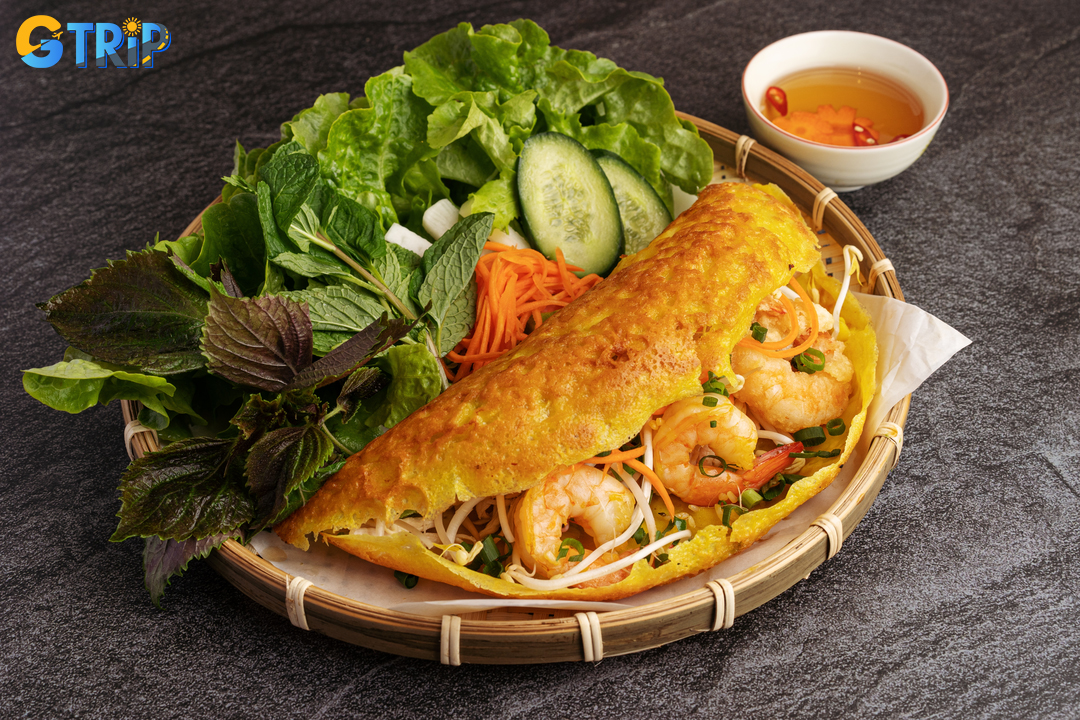
Banh xeo
Hu tieu
Hu tieu is a popular Vietnamese noodle soup meal. It's cooked with thin rice noodles and a delicious broth made with pig bones, dried shrimp, and herbs and spices. The soup is generally topped with sliced pork, shrimp, and ground pork, as well as vegetables such as bean sprouts and scallions. Hu tieu can be served in a variety of ways, either dry or with a clear broth, and it can also be modified with various types of meat or seafood. It is a Western Vietnam food for breakfast or lunch dish that is appreciated across Vietnam and in Vietnamese communities worldwide.

Hu tieu
Vit nau chao
Vietnamese duck and fermented bean curd hot pot, or vit nau chao, is a savory meal made by marinating duck in a combination of red fermented bean curd, ginger, garlic, bouillon powder, sugar, and salt. The marinating time is around 2 hours or overnight. The duck and taro are traditionally served in a hot pot in a flavorful broth created by boiling duck bones with fragrant spices and fermented bean curd. As a consequence, you get a thick and savory soup that is ideal for warming you on a cold day.

Vit nau chao
Goi cuon
Goi cuon, commonly known as fresh spring rolls in Vietnamese, is a popular dish in Western Vietnamese food. It's made out of raw, uncooked greens including lettuce, mint, and cilantro, as well as cooked shrimp and pork wrapped in translucent rice paper. Goi cuon is frequently served with a peanut or hoisin-based dipping sauce. It's a light and healthful dish that may be served as an appetizer or as a light supper. It's also a popular vegetarian version, with tofu or mushrooms replacing the meat as a stuffing.
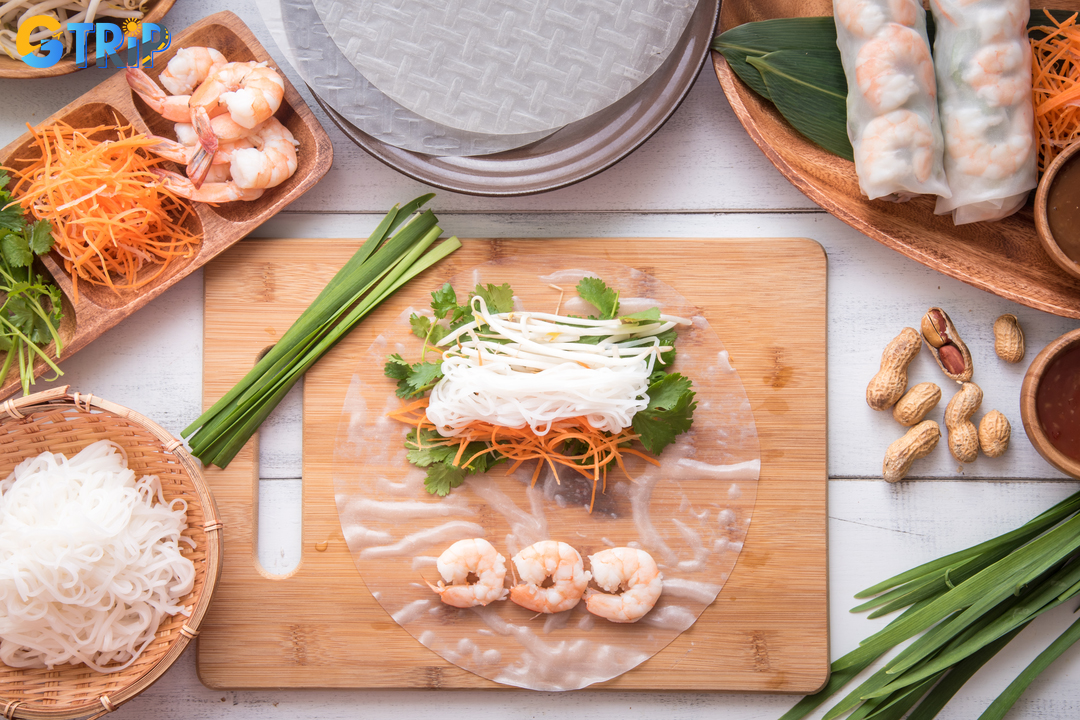
Goi cuon
Goi cu hu dua
Goi cu hu dua, also known as Vietnamese coconut tuber salad, is a Vietnamese salad made using thinly sliced coconut tubers as the main component. Additional common components include carrots, onions, and laksa leaves, as well as protein sources like beef or shrimp. Sauce, white vinegar, oil, lemon juice, sugar, and spices are used to dress the salad. It's a light and tasty meal popular in Vietnam's western area, notably in the province of Ben Tre.

Goi cu hu dua
Lau mam
Lau mam is a traditional Vietnamese dish that is typically served as a communal hot pot. It is created using a variety of meats and seafood, including sliced beef, pork belly, shrimp, squid, and different greens. Traditionally, the meal is prepared at the table in a hot pot filled with a savory broth made from salted fish, lemongrass, chili peppers, and other spices. Throughout the dinner, the hot pot is kept simmering, enabling the contents to cook gently and infuse with the rich and nuanced tastes of the broth.

Lau mam
Ca loc nuong trui
Ca loc nuong trui, also known as grilled snakehead fish. The fish is marinated in a fragrant mixture of garlic, ginger, lemongrass, chili, and fish sauce before being grilled over an open flame until the outside is crispy and caramelized and the inside is delicate and moist. The fish is usually served with fresh herbs and vegetables like lettuce, mint, and cilantro, as well as a dipping sauce comprised of fish sauce, lime juice, and chili.
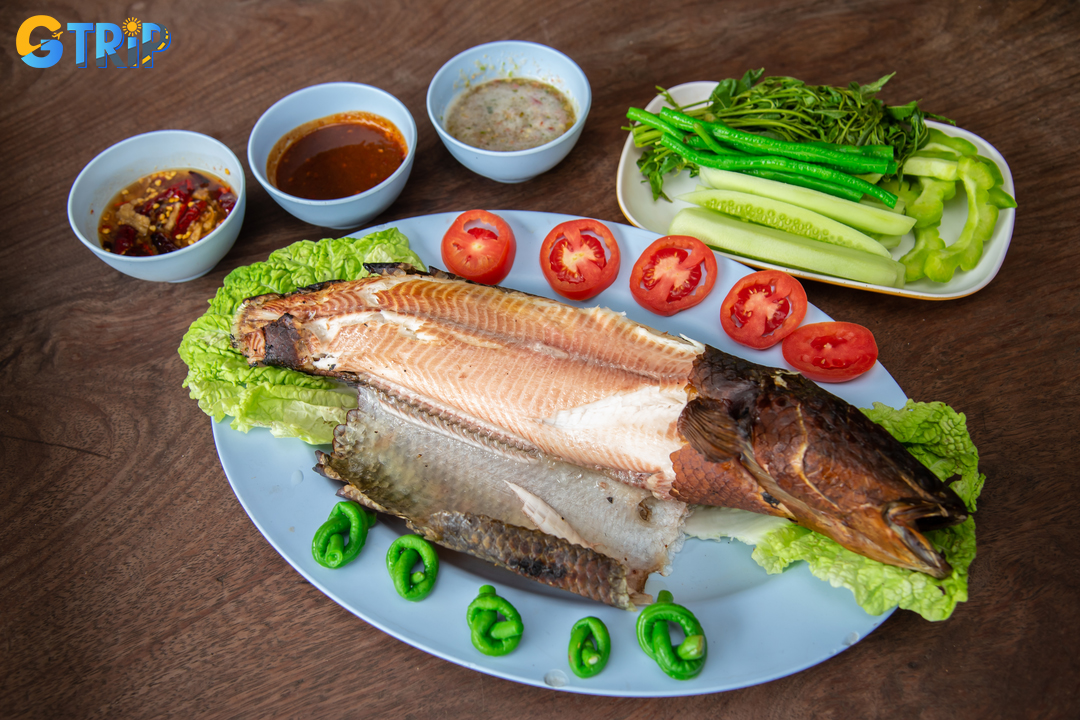
Ca loc nuong trui
Banh tam bi
Banh tam bi is a Mekong Delta dish that consists of thick rice noodles, shredded pig skin, and a coconut milk-based sauce. Rice flour and tapioca starch are commonly used to make the noodles, which give them a chewy feel. The shredded pig skin is cooked until soft before being tossed in a sauce comprised of coconut milk, fish sauce, sugar, and other ingredients. The meal is frequently accompanied with fresh herbs, sliced cucumbers, and crushed toasted peanuts.

Banh tam bi
Com tam Long Xuyen
Com tam Long Xuyen is a Vietnamese dish that originated in Long Xuyen (Mekong Delta destination). It contains broken rice, which is rice that has been broken during the milling process, giving it a distinct texture. Often, the rice is accompanied by grilled pork chops, shredded pig skin, and a fried egg. The dish is often garnished with cucumber slices, pickled vegetables, and scallions cuisine and is enjoyed by locals and visitors alike.
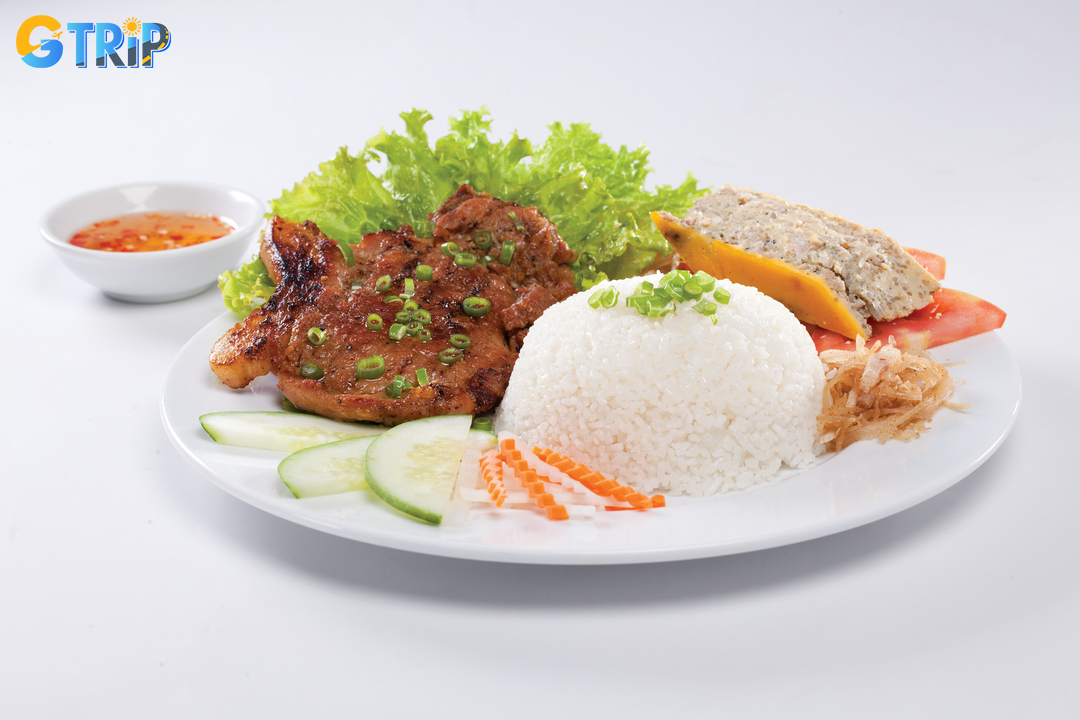
Com tam Long Xuyen
Chao ca loc
Cháo cá lóc is a Vietnamese dish prepared with rice porridge and snakehead fish. There are several variants of the meal, but it commonly consists of heating rice in a huge quantity of water until it turns porridge-like, then adding fish and different spices such as ginger, scallions, and fish sauce. Herbs, lime wedges, and chile sauce are frequently provided on the side. To prepare the meal, the fish is cleaned and cooked to form a tasty broth that is then used to cook the rice. The fish is reintroduced to the porridge at the conclusion of the cooking procedure. Cháo cá lóc is frequently consumed for breakfast or as a light meal.
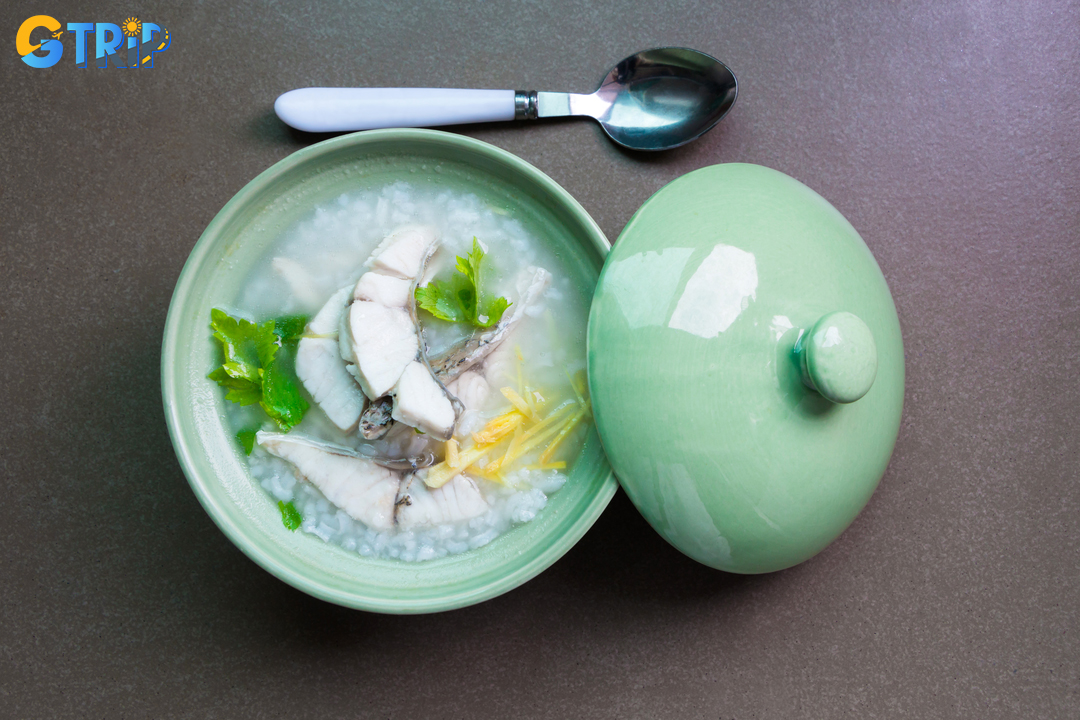
Chao ca loc
Duong dua
Duong dua, or coconut worms, are a delicacy in Western Vietnamese food. Worms are normally eaten alive, and there are a variety of techniques to prepare and eat them. One common way is to clean the worms and place them in a dish of pre-made Vietnamese fish sauce. Another method to enjoy uông da is to eat it raw, directly from the coconut tree where it grows. It is advised that the worms be cleaned before eating by soaking them in alcohol to eliminate any impurities.
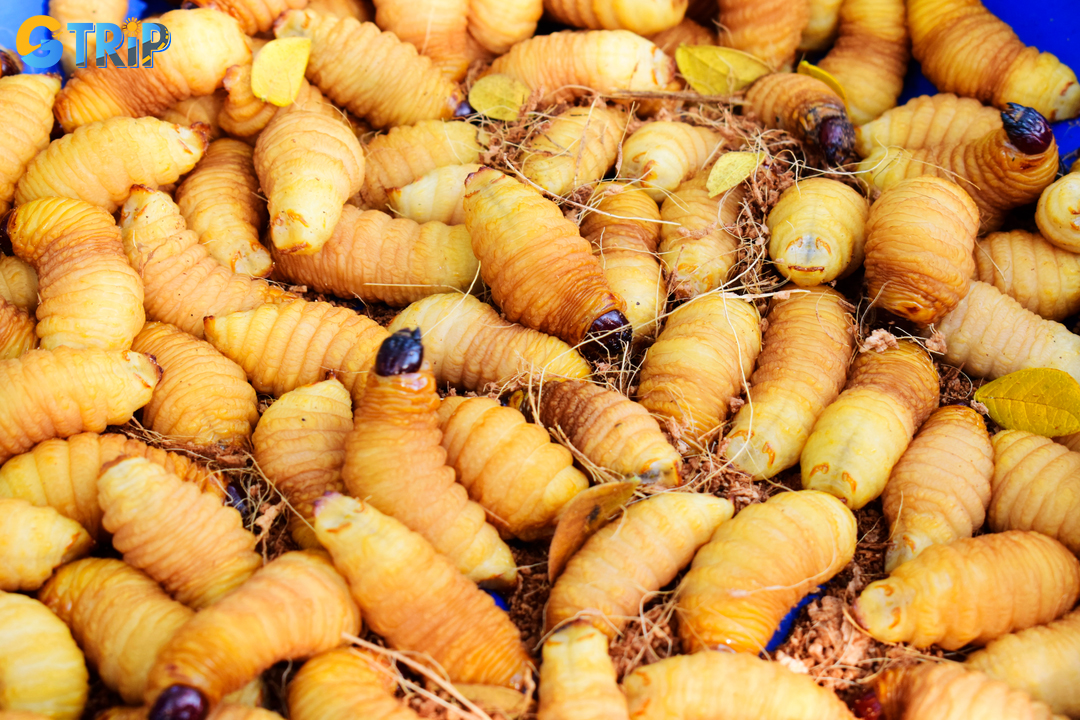
Duong dua
Banh tet la cam
Banh tet la cam is a kind of banh tet, which is a cylindrical glutinous rice cake wrapped in banana leaves and filled with various fillings. Banh tet la cam is distinguished by its characteristic purple tint and is flavored and colored with magenta leaves (la cam). Banh tet la cam recipes and variants abound, but the main components are sticky rice with a filling of pork belly, mung beans, and other seasonings. Before serving, the cake is frequently cut into rounds.

Banh tet la cam
Dua sap
In Vietnam, dua sap refers to macapuno or coconut sport, an occurring coconut cultivar with a soft, transparent, jelly-like flesh that fills practically the whole core cavity of coconut seeds and contains little to no coconut water. While there are several recipes and methods for preparing and eating dua sap, it is most typically consumed as a dessert in Vietnam. The flesh of dua sap is blended with milk and sugar, then combined with ice to form a soft, fatty, sweet beverage.

Dua sap
Yet, the western land of rivers offers numerous other delectable foods just waiting to be discovered. What exactly are you waiting for? Take a Vietnam tour on your next holiday to sample the country's delectable cuisine.

